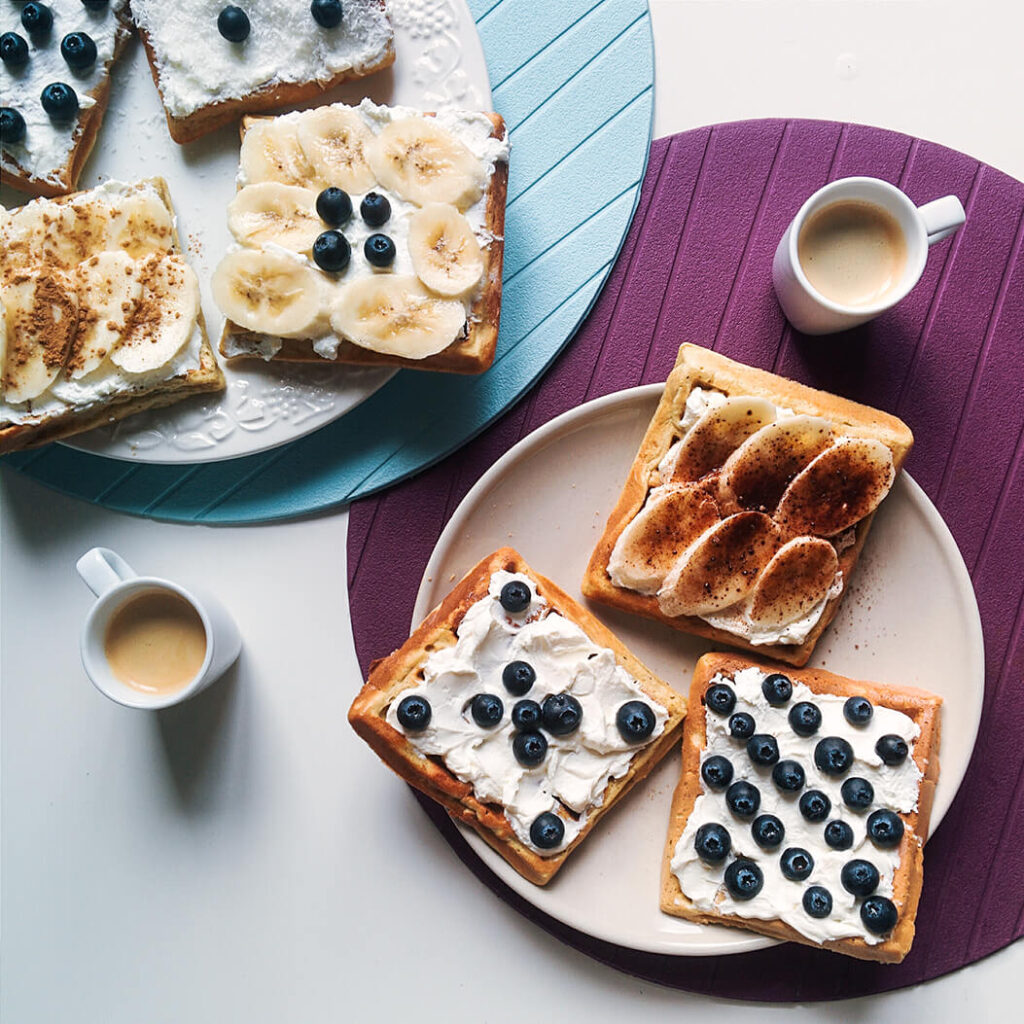Food Stylist Portfolio: Showcasing Culinary Creativity
In the world of food styling, a well-curated portfolio is an essential tool for showcasing your talent, creativity, and expertise to potential clients. Whether you’re an aspiring food stylist or a seasoned professional looking to revamp your portfolio, this article will guide you through the process of creating a compelling food stylist portfolio that stands out in the industry. From selecting the right photographs to organizing your portfolio, we’ll cover all the essential steps to help you present your culinary creations in the best possible light.
Define Your Style and Niche
Before diving into the creation of your food stylist portfolio, it’s crucial to define your unique style and niche. Are you more inclined towards rustic, natural-looking food or do you prefer vibrant and contemporary presentations? Identifying your style will not only help you curate a cohesive portfolio but also attract clients who resonate with your aesthetic.
Gather High-Quality Photographs
The backbone of a food stylist portfolio lies in the quality of the photographs. Invest in a professional camera or hire a skilled food photographer to capture your work. Ensure that the images are well-lit, focused, and showcase the finest details of your culinary creations. Remember, potential clients will judge your skills based on these photographs, so aim for excellence.
Show Diversity and Range
While it’s important to have a defined style, it’s equally crucial to demonstrate your versatility as a food stylist. Include a variety of dishes, settings, and styles to showcase your range and adaptability. This will assure potential clients that you can handle different projects and cater to their specific needs.
Organize Your Portfolio
When it comes to organizing your food stylist portfolio, simplicity is key. Start with a captivating cover page that represents your style and personality. Arrange your photographs in a logical order, ensuring a smooth flow from one image to the next. Consider grouping similar dishes or styles together to create visual coherence. Additionally, include a brief description or caption for each photograph, highlighting any notable techniques or challenges you faced during the styling process.
Focus on Presentation
Just as food presentation is crucial in the culinary world, the presentation of your portfolio matters too. Choose a clean, professional layout that allows your photographs to take center stage. Avoid cluttered designs or distracting backgrounds that may steal the focus away from your work. Remember, simplicity and elegance are key to making a lasting impression.
Tailor Your Portfolio to Your Target Audience
Consider the type of clients you want to attract and tailor your portfolio accordingly. If you’re targeting food magazines, focus on editorial-style photographs and include examples of how your work can enhance their publications. On the other hand, if you’re targeting restaurants or food brands, showcase your ability to create visually appealing dishes that align with their brand image.
Seek Feedback
Once you’ve created your food stylist portfolio, it’s important to seek feedback from industry professionals or mentors. Their insights and suggestions can help you refine your portfolio and identify areas for improvement. Joining professional organizations or attending industry events can also provide valuable networking opportunities and feedback from seasoned professionals.
In conclusion, a well-crafted food stylist portfolio is a powerful tool that can open doors to exciting career opportunities. By defining your style, curating a diverse range of high-quality photographs, organizing your portfolio thoughtfully, and tailoring it to your target audience, you can showcase your culinary creativity and attract clients in the competitive world of food styling. Remember, your portfolio is a reflection of your skills and passion, so invest the time and effort required to make it shine.
Key Takeaways:
- Defining your unique style and niche is essential for curating a cohesive food stylist portfolio that attracts clients who resonate with your aesthetic.
- Invest in high-quality photographs that showcase the finest details of your culinary creations, as potential clients will judge your skills based on these images.
- Demonstrate your versatility by including a variety of dishes, settings, and styles in your portfolio to showcase your range and adaptability.
- Organize your portfolio in a simple and logical manner, with a captivating cover page and a smooth flow between images.
- Focus on presenting your portfolio with a clean and professional layout that allows your photographs to shine without distractions.
- Tailor your portfolio to your target audience, highlighting how your work can enhance their specific needs and align with their brand image.
- Seek feedback from industry professionals or mentors to refine your portfolio and improve your skills.
To further enhance your knowledge and skills in food styling, consider enrolling in FIT Fashion Styling Foundations online course and certificate program offered by Yellowbrick. This comprehensive program will provide you with valuable insights and practical techniques to elevate your food styling portfolio and advance your career in the industry. Take the next step towards becoming a successful food stylist by enrolling in FIT Fashion Styling Foundations today.








